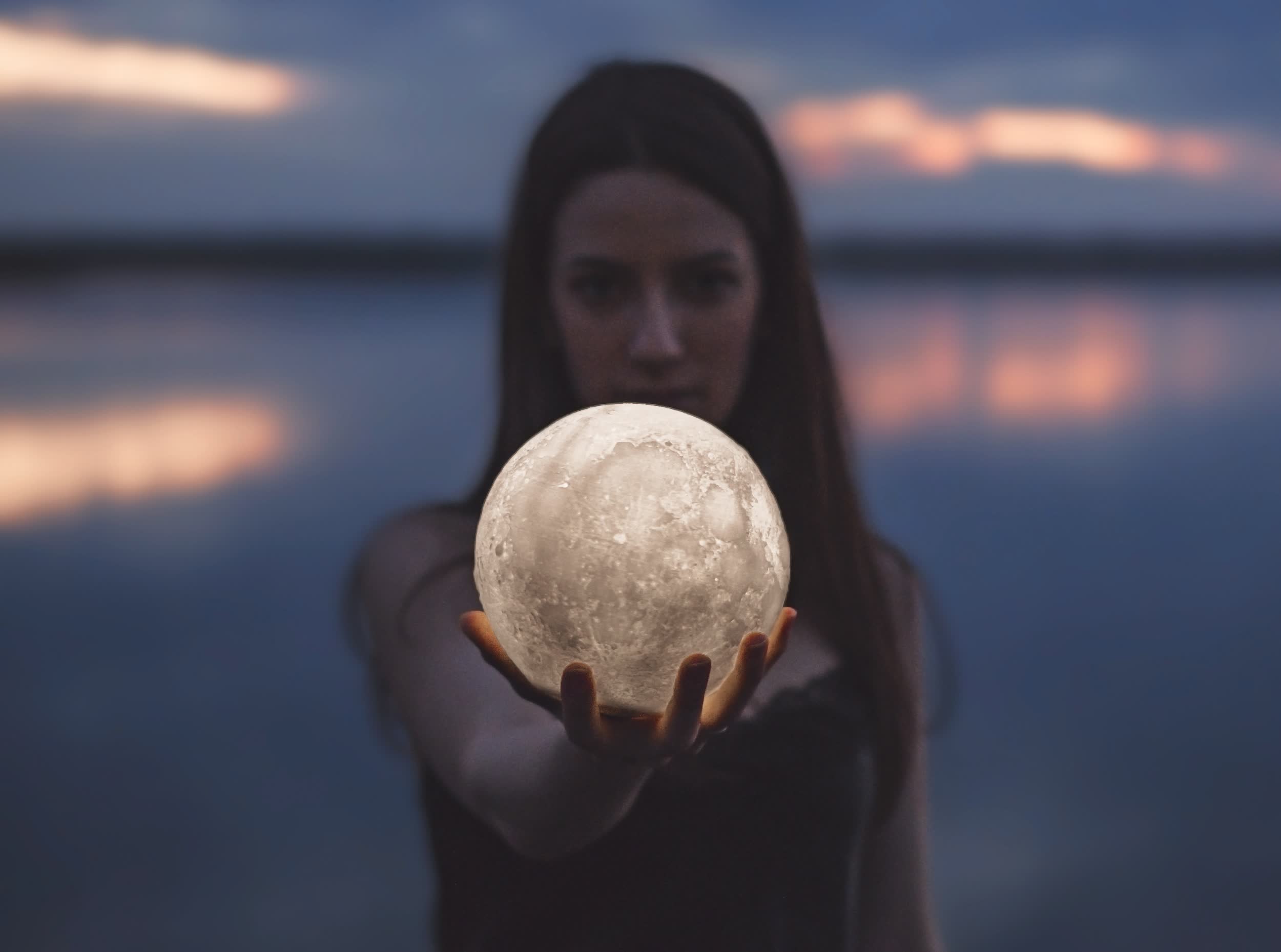In brief: The Moon is a staple in the night sky, but have you ever stopped to consider how it came to be? Researchers have been asking this question for decades and a new simulation adds an interesting wrinkle to the debate.
One leading theory suggests ancient Earth was hit by an object called Theia that was roughly the size of Mars. It was previously believed that debris from the collision came together in orbit over months or years to create our satellite.
The new simulations were run at the highest resolution of any sim used to study the Moon's origins and suggest the offshoot could have been forms in a matter of hours after impact. The higher-res sims also surfaced new behaviors and details that simply were not evident with lower resolution models.
Vincent Eke, a researcher at Durham University who helped co-author the study, said the more we learn about how the Moon came to be, the more we discover about the evolution of the Earth. Lunar rock samples have very similar isotopic signatures to rocks here on Earth, suggesting material that makes up the Moon could have originated here.
Theia could have also been isotopically similar to Earth, but it would be an unlikely coincidence. The new simulation provides a plausible explanation as to why the isotopic signatures are so similar and could also explain other quirks like the Moon's tiled orbit and its thin crust.
Jacob Kegerreis, a postdoctoral researcher at NASA's Ames Research Center and lead researcher of the study, said the simulations open up a whole new range of possible starting places for the Moon's evolution. Or, it could just be a hollow, artificial structure brought here by someone else for an unknown purpose.
The team's paper has been published in The Astrophysical Journal Letters.
NASA said additional analysis of future lunar samples, like those scheduled to be brought back from Artemis missions, will help narrow down which theories about the Moon's origin are correct.
Image credit: Michele Raffoni
